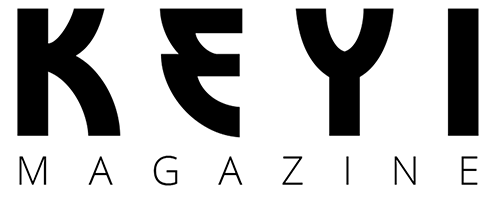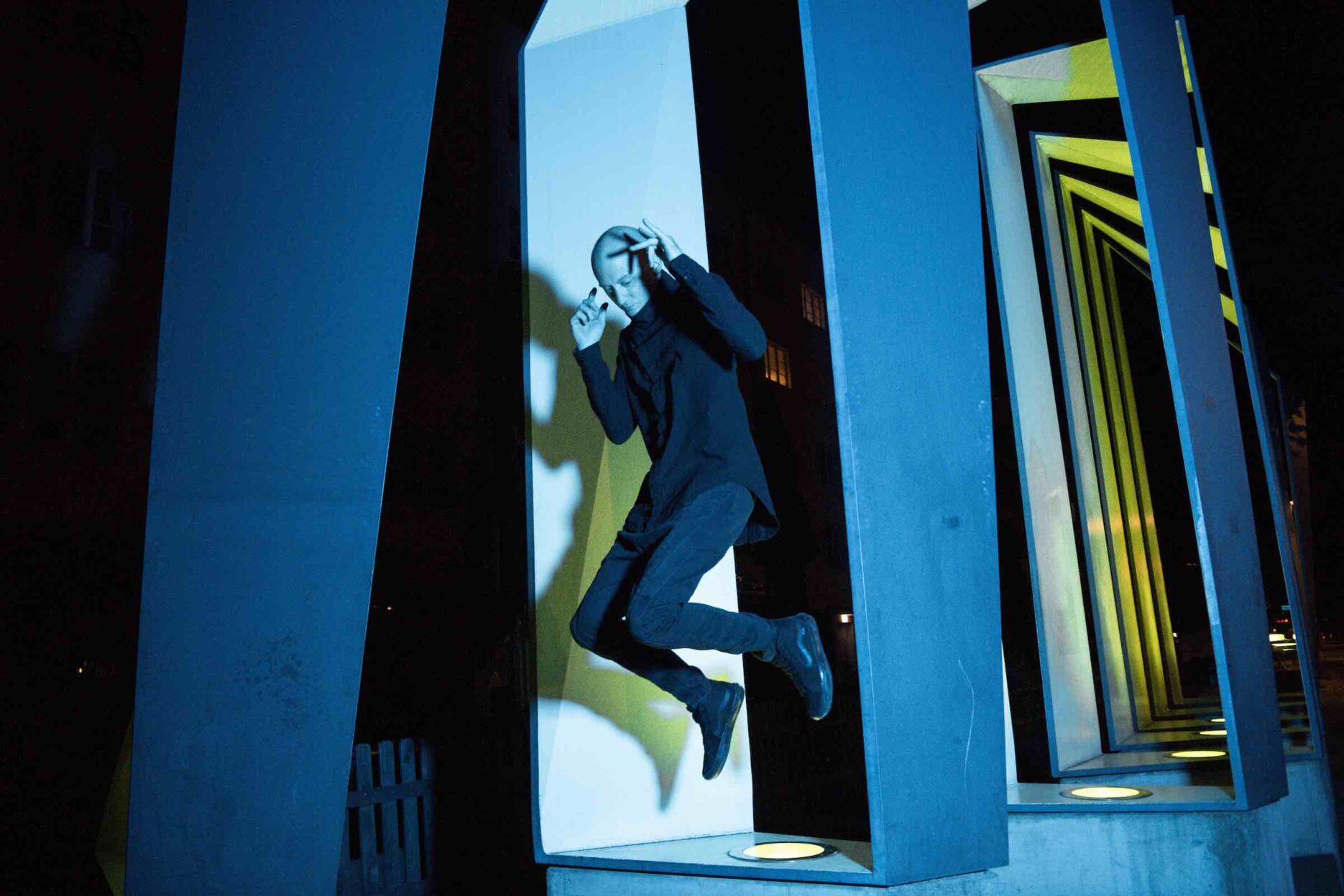From his early releases on the legendary German imprint raster-noton to his more recent output aimed at the club, Kangding Ray has managed to trace a singular trajectory, navigating the unexplored territories between experimental music and dance music. Through his consistency as both a live performer and DJ, and with several critically acclaimed releases, Kangding Ray has demonstrated his ability to maintain a genuine artistic approach while slowly crafting a unique universe, equally focused on emotional response and visceral impact.
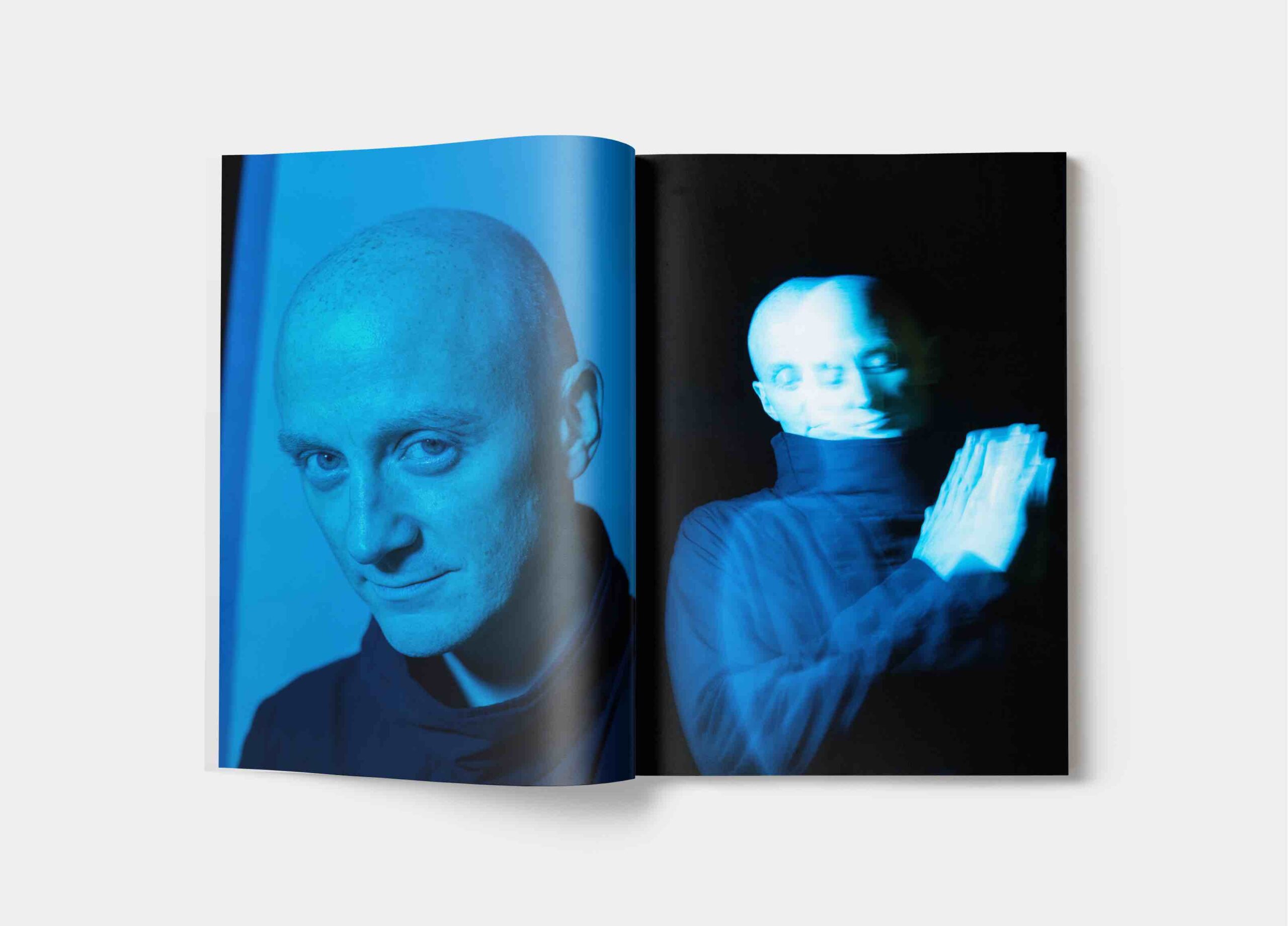
Even if you have been known for more than a decade in the electronic music scene, how would you introduce yourself to a new audience ?
Hello, my name is David. I am an artist based in Berlin. I produce music, perform Live, and DJ under the name Kangding Ray. Over the years, I have released music on labels such as Raster-Noton, Stroboscopic Artefacts or Figure.
I also curate my own Label ARA, which stands for “About Recording Artists” , slowly building a great roster of unmistakable identities.
I am what some people call a “multidisciplinary” artist, as you might find me playing an audiovisual experimental Live show one day, and dancing to one of my DJ sets the next. I also create sound installations and dance performances.
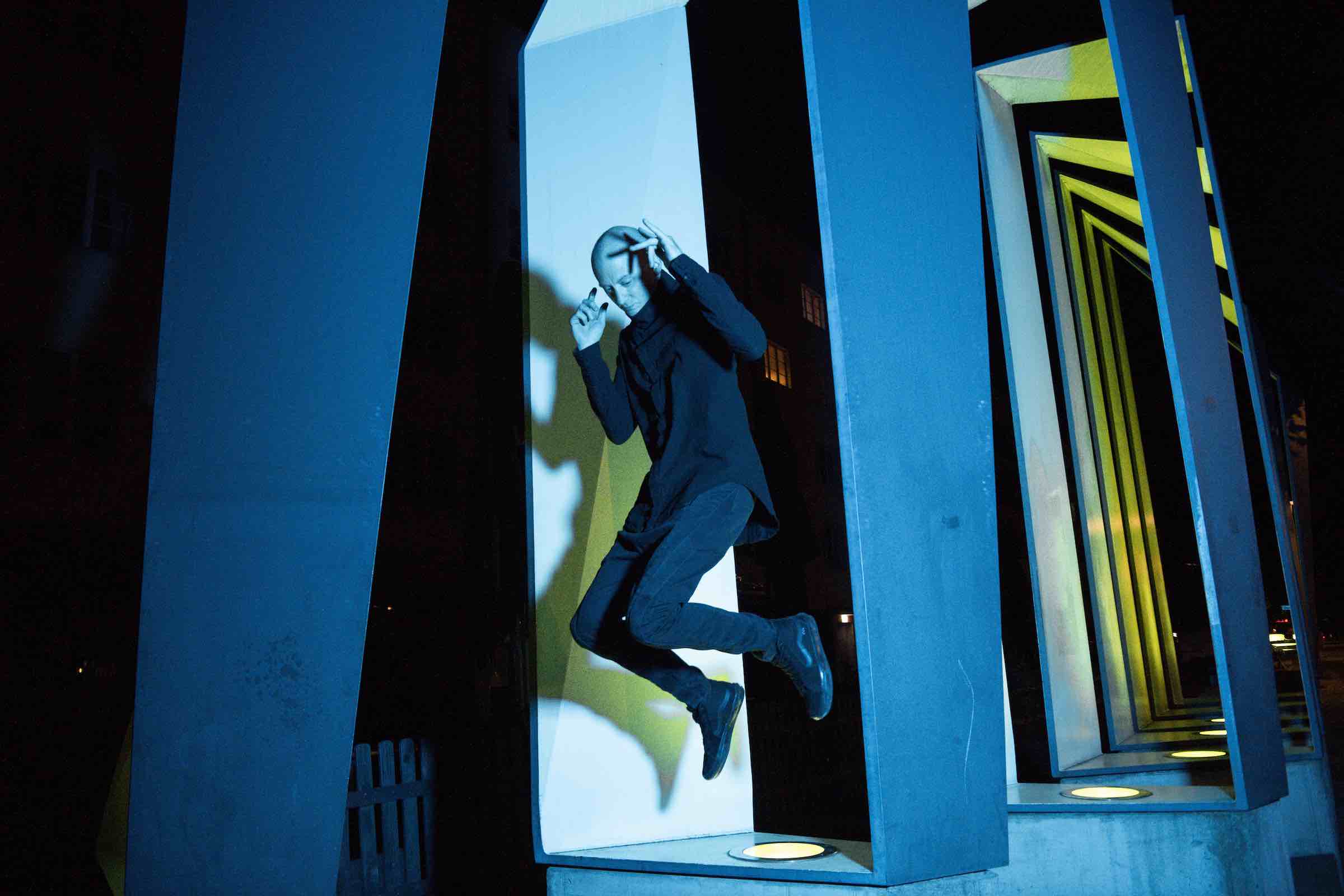
Your beyond techno experimental album ULTRACHROMA is the first release on your ara label available digitally and on vinyl, but you also released recently an amazingly energetic and emotionally packed soundtrack for the film by German director Hanna Doose – “Wann kommst du meine Wunden küssen”, which made us want to watch it immediately. How does the creative process of working on those projects differ from each other? What did the collaboration with Hanna Doose look like?
Music is all about context. A sound will be perceived extremely differently if you play it loud in a club, or if you are seated in a movie theatre, so the space and its acoustics play a key role. There are also different temporalities, as one minute in a movie is radically
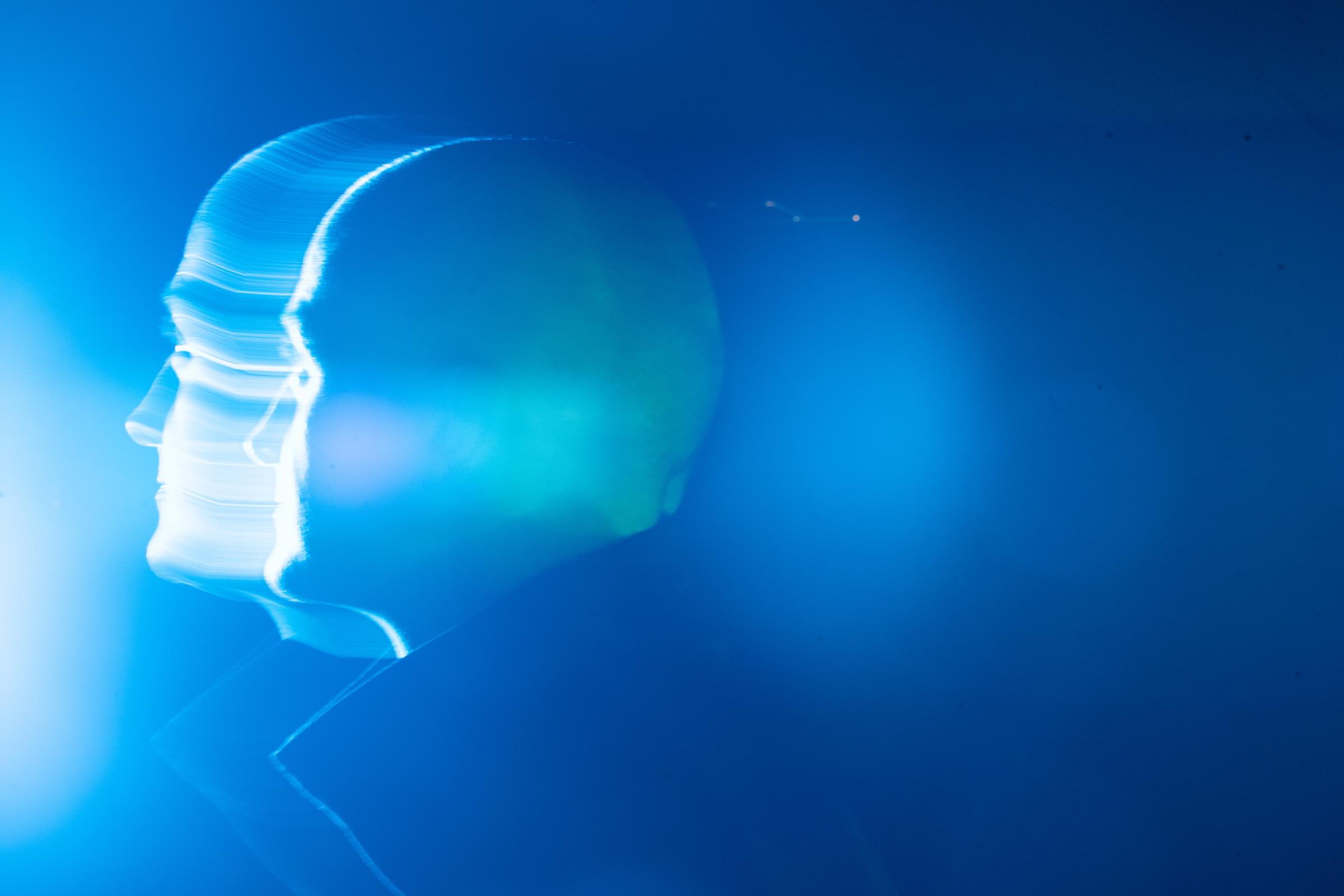
Your album ULTRACHROMA we discovered the official video for the track – PERVINCA LUCENTE – which was like an abstract trip to the ritual among indigenous tribes. What is the story behind this video? How did the idea become the collaboration with dancers Laia Mora, Anna Altés and videographer Albert Carreras?
This was video created by the Barcelona-based collective Bi-ceptual, who proposed me to collaborate on a video.
They are a group composed of two professional dancers ( Laia Mora and Anna Altés ) and a filmmaker ( Albert Carreras ), so their practice is very integrated, video and movements become one. The concept is better explained in their own words :
“Light implies darkness. Darkness hides the elements that the rays cannot illuminate. The black light highlights what at first glance goes unnoticed. A ritual. A trip. A performative dance towards personal self-discovery. Nature. The forest. Breathe. Feel. Move on.”
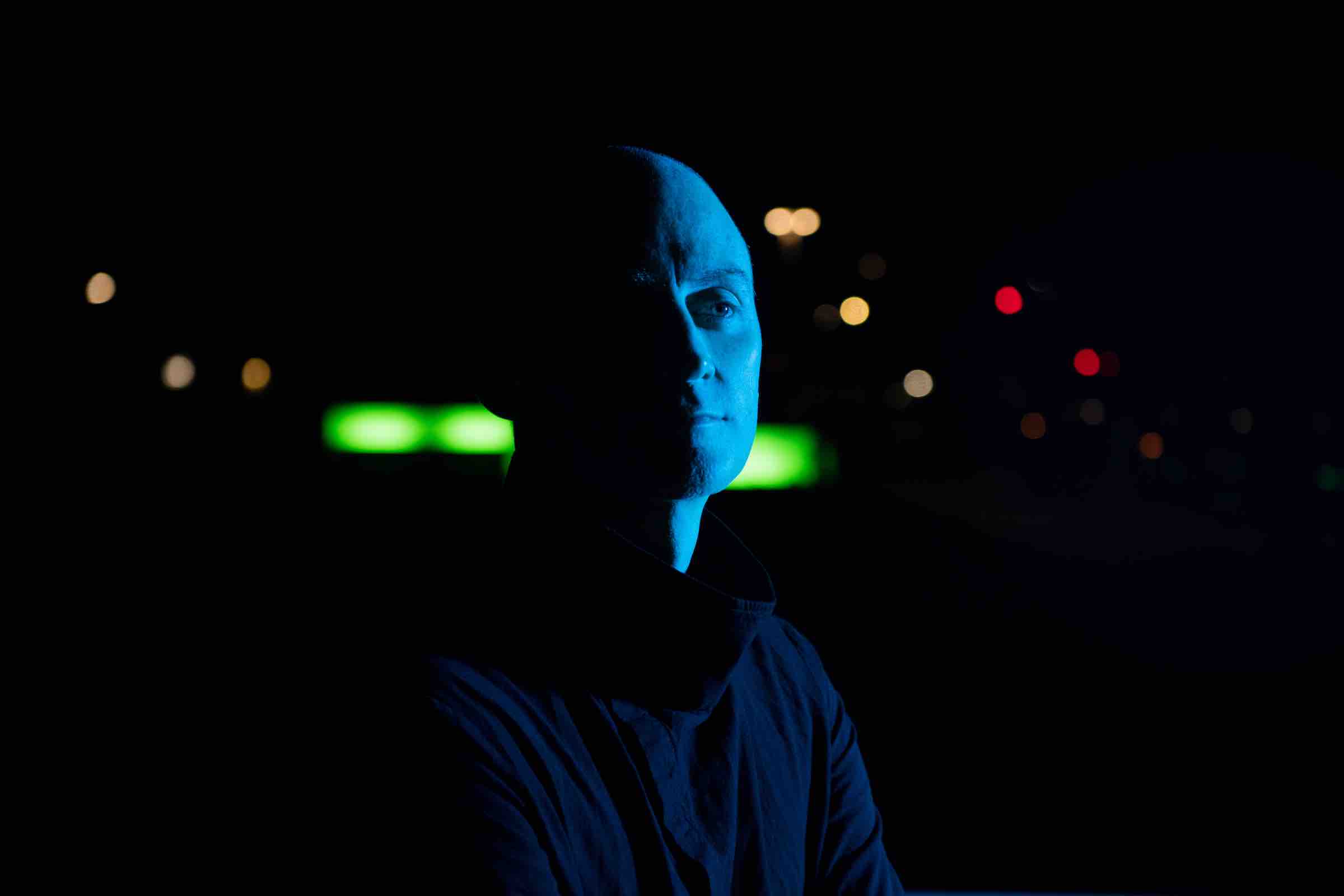
Currently, what is your favorite studio setup? How has it evolved with time? Do you still have some favorite tools that you never got bored of? Any advice you would like to share with aspiring producers who would like to invest in the basic setup of their studio for electronic music production?
I usually try not to be drawn into discussions about gear, as I believe this is the wrong way to approach making electronic music.
Machines, synthesisers, and instruments are only tools to achieve a vision, and therefore ideas should come first. I am aware that I am seen as a very technical producer because my music is rather detailed and complex, but the technology does not really interest me further than what it allows me to do creatively.
Furthermore, I’m usually reluctant to advise on how to do things since I am myself never satisfied and constantly searching, so it’s not like I have the answer!
But there is one thing I am quite certain of : natural talent is rare ( I didn’t have it myself, that’s for sure… ), but working hard is something anyone can do, when the drive is there.
So my advice is just to try, put in the hours, make mistakes, improve, come back to it, make mistakes again, and repeat until it’s good enough. Most of the things I produce end up in the trash bin, but then sometimes, the spark happens, this goosebumps shiver; this is what I live for.
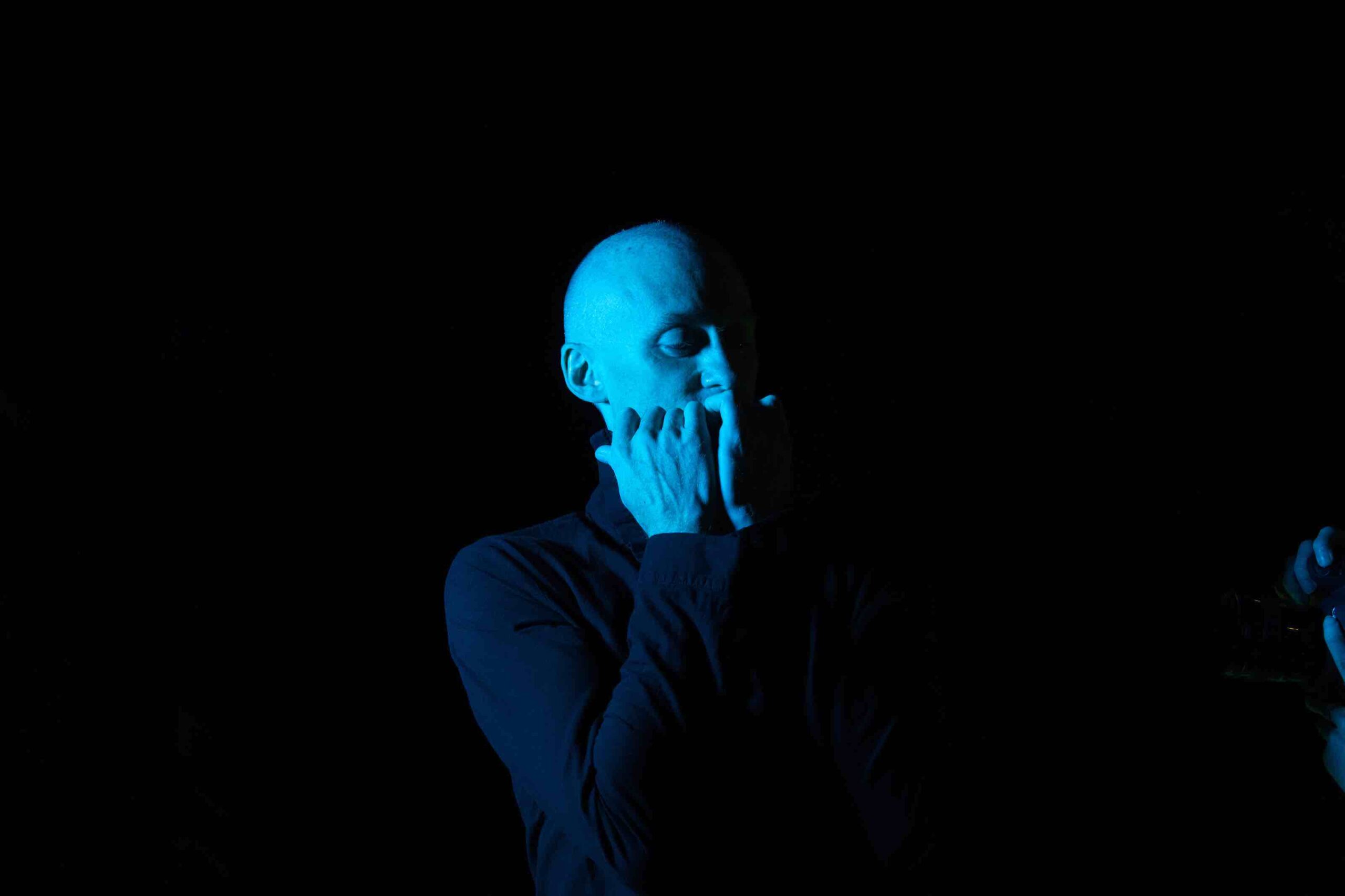
What was your favorite memory of a gig in Asia? Do you have any favorite venues over there?
In Asia, the Labyrinth Festival in Japan shaped my career like no other event has done so far. You can trace my progression as an artist in parallel to the three times I performed LIVE there.
For my debut in 2011, during the “OR” album era, coming out of the raster-noton experimental universe I was evolving in at the time, I discovered a whole new world, merging ambient, psychedelia and darker shades of techno culture. I met many influential artists there like Donato Dozzy, Function, John Elliot or Neel, who will then become friends as well as inspirations for my musical journey onward.
It was the time when Voices from the Lake and Sandwell District were like the Sun and the Moon of the avant-garde techno planet.
In 2014, right after releasing “Solens Arc”, I played LIVE there again and felt like I was back home. It was an unforgettable, transformative experience that affirmed my goals for many years after.
In 2022, i went back for “ULTRACHROMA”, playing a peak-time slot on Saturday night, on possibly the best sound system in the world, with everyone dancing like there is no tomorrow under heavy rain in the dark, surrounded by the forest…
I cried tears of joy at the end.
How do you perceive the differences between the ever-evolving music industry of today and the time when you relocated to Berlin? And in what ways has this transformation impacted your approach to music production?
I am not allowing myself to be nostalgic, because I always want to look forward and I feel the need to develop my music further, in a constant search for what’s next. But we’ve seen some massive changes occurring in the scene for sure…
I didn’t move to Berlin to play techno but to finish my Architecture studies. Becoming a professional DJ wasn’t part of the plan at all, and the scene wasn’t the giant industry it has become now.
I worked as an Architect, doing music on the side, and then slowly, over the years, it took over my life and I never looked back. It was a very gradual process, and I am very grateful to Carsten Nicolai and Olaf Bender from Raster-Noton, for giving me the chance to express myself in such a pure and naive way when I started.
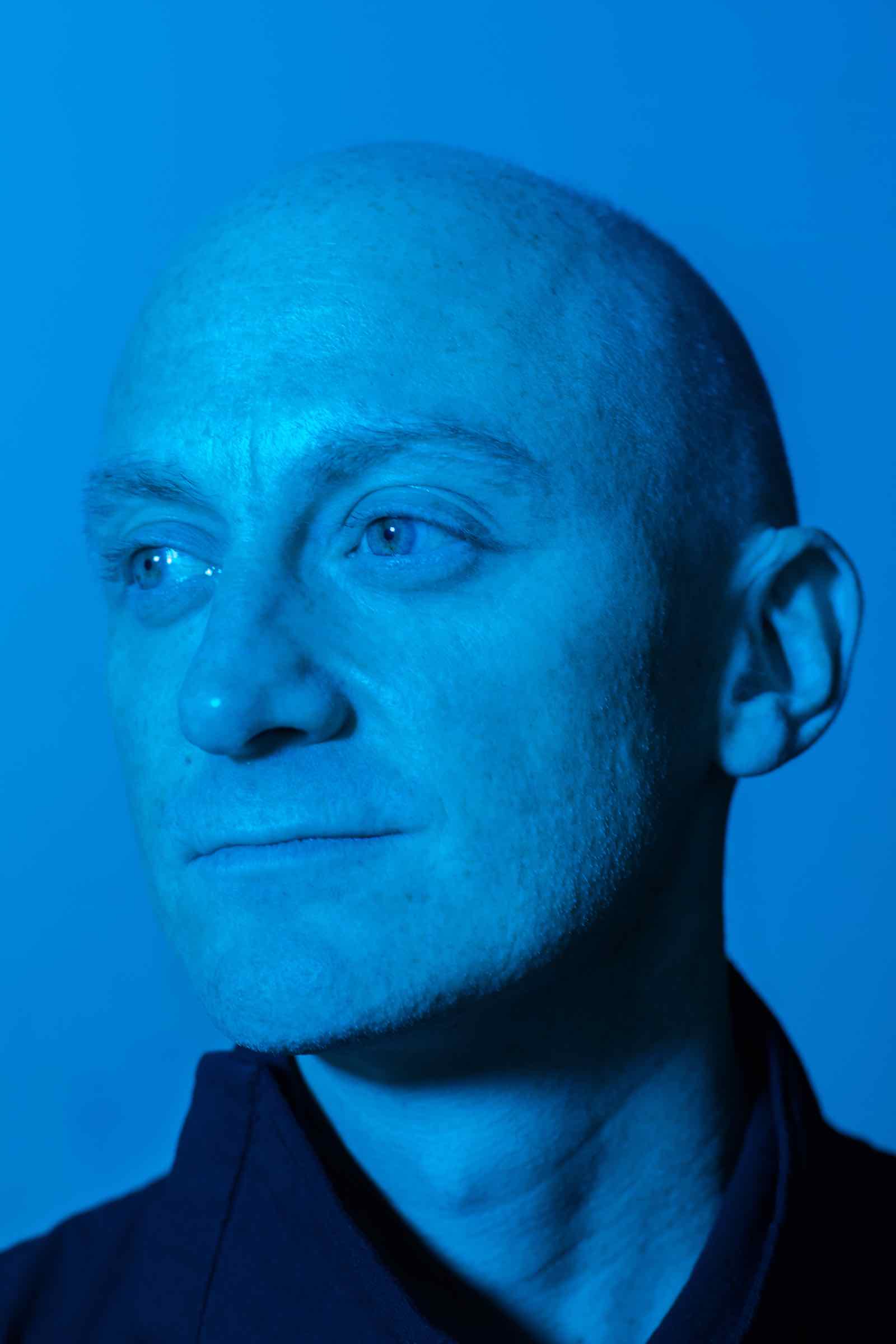
No manager, No marketing plan, No communication campaign, just Art. I’m not sure it’s even possible anymore, unfortunately.
Nowadays, it’s getting difficult to focus on the creative aspects, as the pressure to be constantly present on social media is increasing.
Apart from a few crossover-pop acts, underground electronic Artists used to be rather low key and anonymous, and known primarily for the music they release. Today everyone is expected to build a character, some might even say “a brand”, and constantly create content. It’s like we’re working for the Matrix.
We became slaves to the algorithm…
Name 3 favorite musicians of all time from the non-electronic music realm ?
Steve Reich, Mogwai, Frank Ocean ( although some could be classified as electronic music … )
What made the biggest impact on your musical taste? If you would recall your path in the discovery of music which led you to what you love today?
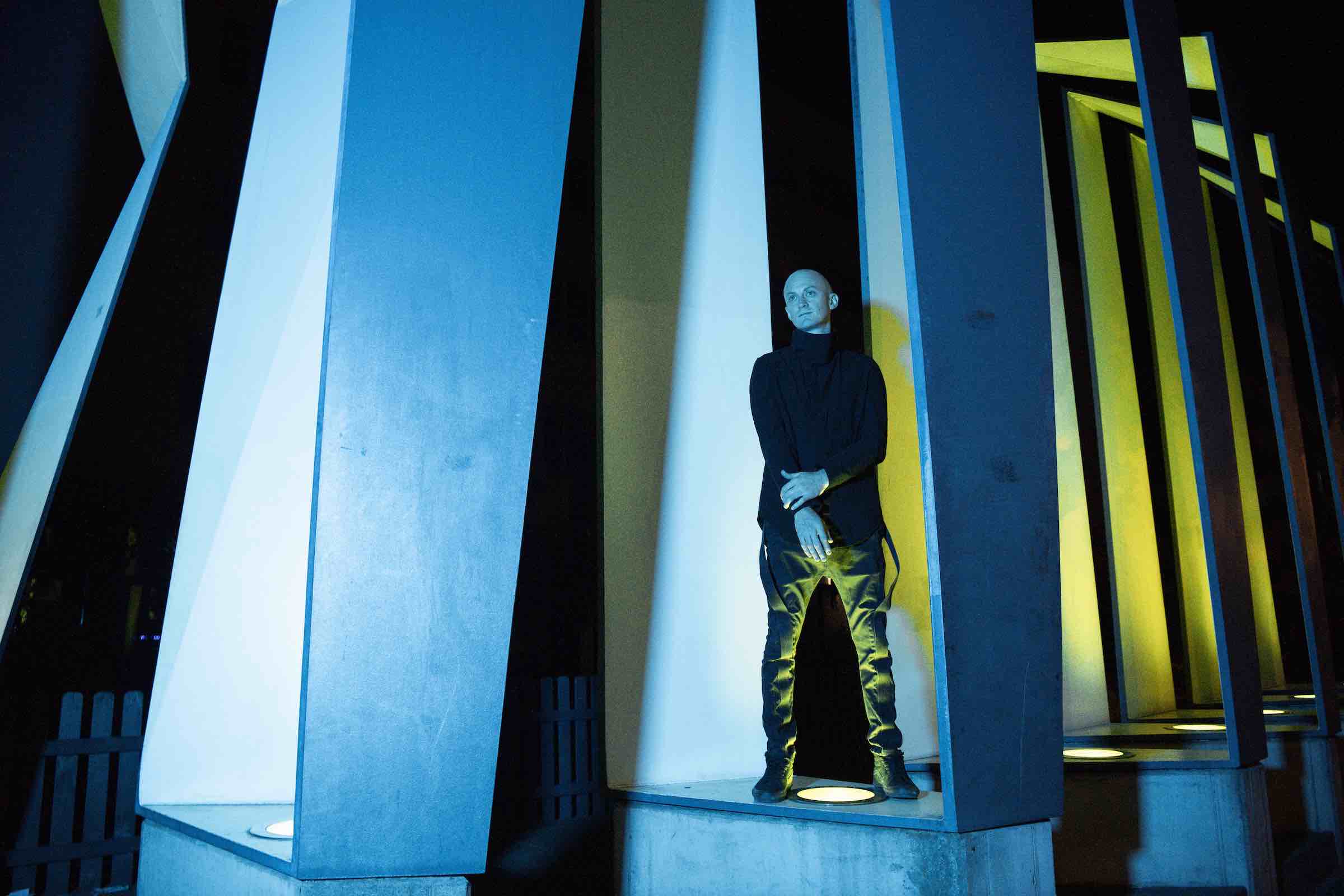
End of 1999, when I listened for the first time to Nine-Inch-Nails “The Fragile” on a shabby cassette player in the old Opel Corsa from my friend Loic.
Nothing would be the same afterwards.
What is your favourite environment to create?
Outside, in the shade, with my laptop, a drum machine or a small modular case, a good pair of headphones and a coffee.
If you could teleport to the studio of one of your favourite musicians to start a project together, who would it be?
Well, Aphex Twin of course…
Socials to follow:
Photos
and more music features here


